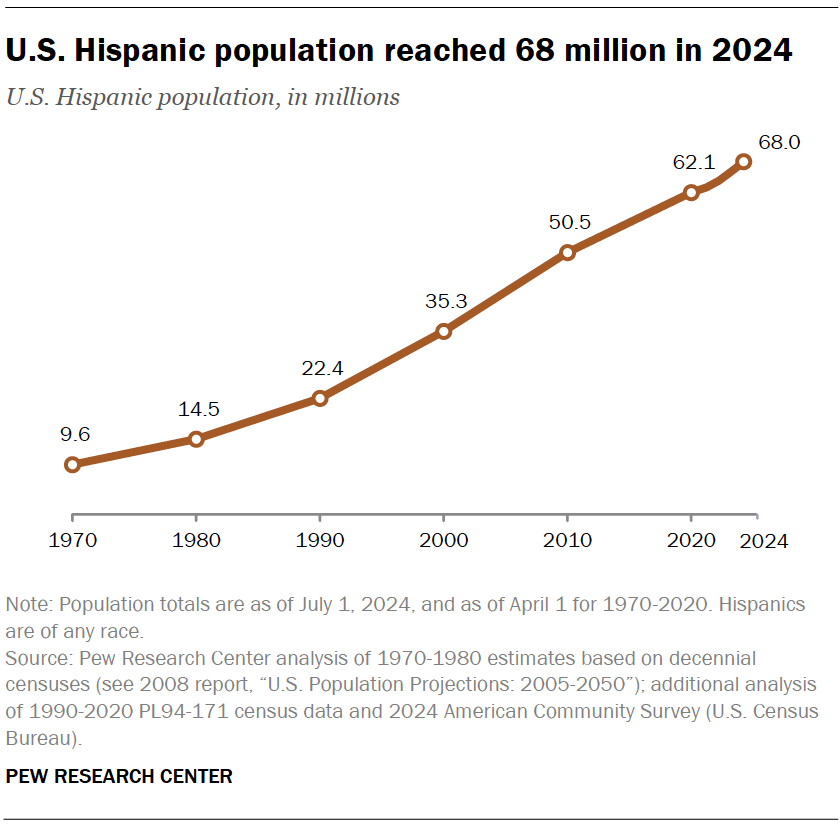Report on the Strategic Realignment of U.S. Education Policy Initiatives in Accordance with Sustainable Development Goals
Introduction: Re-evaluating Federal Education Policy Through the Lens of SDG 4
Current United States education policy is undergoing a period of significant re-evaluation. The federal government is critically examining its role in funding, research and development, and international educational investment. This strategic shift presents an opportunity to align national efforts more closely with the United Nations’ Sustainable Development Goal 4 (SDG 4), which aims to ensure inclusive and equitable quality education and promote lifelong learning opportunities for all.
FAS Impact Fellowship: Adapting to Policy Changes to Uphold SDG Commitments
A cohort of eight FAS Impact Fellows, embedded within the U.S. Department of Education and the U.S. Agency for International Development (USAID), has been central to this policy landscape. Their work demonstrates a commitment to key targets within the global education agenda, despite facing significant programmatic changes due to agency restructuring and staffing shifts.
Initial Objectives Aligned with SDG 4 Targets
- Advancing Education Research: To introduce an ARPA-style approach to research funding, fostering innovation to improve educational outcomes in line with the overarching goals of SDG 4.
- Ensuring Equitable Access (SDG 4.1 & SDG 10): To provide targeted support for schools in rural communities, directly addressing the need for equitable quality education and reducing inequalities.
- Promoting Early Childhood Development (SDG 4.2): To expand play-based early childhood education programs in low and middle-income countries, a direct contribution to the target of ensuring all children have access to quality pre-primary education.
Strategic Pivot in Response to a Changing Federal Landscape
The dismantling of certain programs and significant agency reorganization necessitated a strategic pivot. The Fellows convened to develop a new series of policy memos, reorienting their expertise to address the current context and ensure continued progress toward educational objectives.
New Policy Directives for Achieving Quality Education
The resulting policy proposals offer concrete pathways for the federal government to advance its commitment to quality education. These recommendations are designed to strengthen the foundational infrastructure required to meet both national and international educational goals.
Core Recommendations for Policy Action
- Maintain Essential Data and Programmatic Infrastructure: During federal agency reorganization, it is critical to preserve the continuity of data collection and programmatic functions. This infrastructure is essential for monitoring progress toward SDG 4 targets and ensuring evidence-based accountability.
- Enhance State and Local Capacity for Evidence-Based Decision-Making: The federal government should increase its support for state and local education agencies. Empowering these bodies with robust data and evidence ensures that policies are implemented effectively and equitably, accelerating progress on SDG 4.
- Prepare Learners for a Technology-Driven Future (SDG 4.4): The education system must be adapted to equip learners with relevant technical and vocational skills. This directly addresses SDG 4.4, which calls for preparing youth and adults for employment, decent jobs, and entrepreneurship in a changing economy.
Conclusion: A Path Forward for Sustainable Educational Development
This policy sprint provides a series of thoughtful, actionable approaches to better support students, teachers, and communities. By focusing on resilient infrastructure, evidence-based policy, and future-oriented skills, these recommendations provide a framework for aligning U.S. education policy with the global commitment to achieving Sustainable Development Goal 4. This work exemplifies the importance of SDG 17 (Partnerships for the Goals), leveraging expert collaboration to navigate complex policy challenges and advance quality education for all.
SDGs Addressed in the Article
SDG 4: Quality Education
- The article’s central theme is education policy, directly aligning with SDG 4, which aims to ensure inclusive and equitable quality education and promote lifelong learning opportunities for all. The text discusses various facets of education, including research and development (R&D), support for rural communities, early childhood programs, and preparing students for a technology-driven future.
SDG 10: Reduced Inequalities
- By specifically mentioning the goal of “supporting schools in rural communities,” the article touches upon SDG 10. This goal seeks to reduce inequality within and among countries. Providing targeted support to rural schools is a direct effort to address disparities in educational access and quality, ensuring that learners in underserved areas are not left behind.
SDG 17: Partnerships for the Goals
- The article highlights the collaborative efforts between the Federation of American Scientists (FAS) Impact Fellows and U.S. government agencies like the Department of Education and USAID. It also discusses international investment and support for education in “low and middle income countries.” These elements relate to SDG 17, which emphasizes the need for global partnerships to achieve sustainable development, including financial support, capacity-building, and multi-stakeholder collaborations.
Specific SDG Targets Identified
-
Target 4.2: Ensure that all girls and boys have access to quality early childhood development, care and pre-primary education.
- The article explicitly mentions a project aimed at “expanding play-based early childhood education programs in low and middle income countries.” This directly corresponds with the goal of improving access to and quality of early childhood education.
-
Target 4.4: Substantially increase the number of youth and adults who have relevant skills, including technical and vocational skills, for employment, decent jobs and entrepreneurship.
- The article notes that one of the key recommendations is to “ensure our education system prepares learners for a technology-driven future.” This aligns with Target 4.4 by focusing on equipping learners with relevant skills needed for the modern economy.
-
Target 4.5: Eliminate gender disparities in education and ensure equal access to all levels of education and vocational training for the vulnerable.
- The focus on “supporting schools in rural communities” addresses the need for equal access for vulnerable or underserved populations. Rural communities often face disadvantages in educational resources, and efforts to support them contribute directly to this target.
Indicators for Measuring Progress
Implied Indicators
- The article does not cite specific, quantitative SDG indicators. However, it implies several qualitative or process-based indicators that could be used to measure progress toward the identified targets.
-
Expansion of early childhood education programs.
- Connected to Target 4.2, the article’s mention of “expanding play-based early childhood education programs” suggests that the number of new or expanded programs in low and middle-income countries could serve as an indicator of progress.
-
Level of support and resources for rural schools.
- For Target 4.5, the project “supporting schools in rural communities” implies that an increase in funding, resources, or specialized programs directed at these schools would be a key indicator of success in reducing educational inequality.
-
Implementation of data-driven and evidence-based decision-making.
- The article highlights the federal government’s role in supporting “data-driven and evidence-based decision-making in state and local education agencies.” The adoption rate of such practices and the development of “data infrastructure” can be seen as an indicator of a more effective and responsive education system, contributing to the overall achievement of SDG 4.
Summary Table of SDGs, Targets, and Indicators
| SDGs | Targets | Indicators (Implied from the article) |
|---|---|---|
| SDG 4: Quality Education | Target 4.2: By 2030, ensure that all girls and boys have access to quality early childhood development, care and pre-primary education. | The number and scale of expanded “play-based early childhood education programs in low and middle income countries.” |
| SDG 4: Quality Education | Target 4.4: By 2030, substantially increase the number of youth and adults who have relevant skills…for employment. | Actions taken to “ensure our education system prepares learners for a technology-driven future.” |
| SDG 10: Reduced Inequalities | Target 4.5 (also relates to SDG 10): By 2030, …ensure equal access to all levels of education…for the vulnerable. | The level of resources and programmatic support provided to “schools in rural communities.” |
| SDG 17: Partnerships for the Goals | Cross-cutting Target: Enhancing partnerships and data for decision-making. | The establishment of “programmatic and data infrastructure” and the use of “data-driven and evidence-based decision-making” in education agencies. |
Source: fas.org







